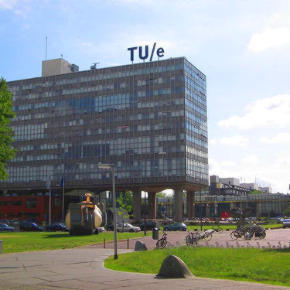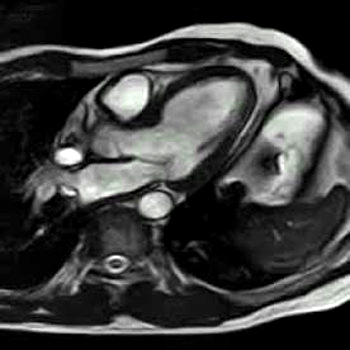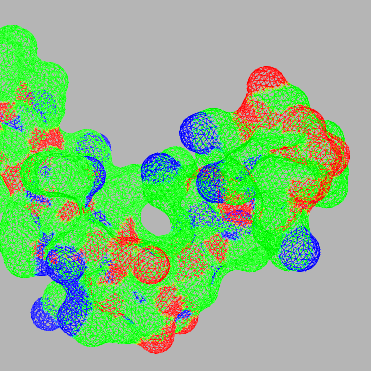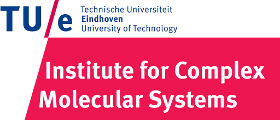Team:TU-Eindhoven
From 2013.igem.org
Pascalaldo (Talk | contribs) |
Pascalaldo (Talk | contribs) |
||
| Line 5: | Line 5: | ||
<div class="row" style="margin-top: 36px; margin-bottom: 24px;"> | <div class="row" style="margin-top: 36px; margin-bottom: 24px;"> | ||
<div class="span12"> | <div class="span12"> | ||
| - | < | + | </html> |
| + | The field of medical imaging is constantly changing and improving as engineers and physicians strive to obtain the best images possible. This is true for one field in particular, the field of magnetic resonance imaging (MRI). MRI is one of the best ways of imaging patients giving high quality 3D images of a patients entire body making it an irreplaceable aid in the detection of cancers. It does however have multiple drawbacks, one of which is the use of heavy metals. Yet without the use of heavy metals the MRI would not be able to make images anywhere near as high in resolution as it does when heavy metals are used, or could it? | ||
| + | |||
| + | Within our project we aim to focus on a relatively new form of MRI, Chemical Exchange Saturation Transfer MRI, or CEST imaging. Within CEST imaging proteins containing hydrogen atoms can be used to create the same quality of images as when heavy metals are used. We are hoping to use bacteria to produce these proteins once they enter the body, allowing the bacteria to be our delivery system and production factory. | ||
| + | |||
| + | Should all go well then we will create an alternative for the use of heavy metals that is safe to use, without losing any of the image quality. | ||
| + | <html> | ||
</div> | </div> | ||
</div> | </div> | ||
Revision as of 17:16, 19 May 2013



Within our project we aim to focus on a relatively new form of MRI, Chemical Exchange Saturation Transfer MRI, or CEST imaging. Within CEST imaging proteins containing hydrogen atoms can be used to create the same quality of images as when heavy metals are used. We are hoping to use bacteria to produce these proteins once they enter the body, allowing the bacteria to be our delivery system and production factory.
Should all go well then we will create an alternative for the use of heavy metals that is safe to use, without losing any of the image quality.
-

About Us
We are the 2013 iGEM team from Eindhoven, the Netherlands.
More Information... -

Wetlab
Take a look at the results of the broad range of experiments performed this year.
More Information... -

Drylab
Various simulations were carried out to support the wetlab experiments.
More Information...
 "
"



